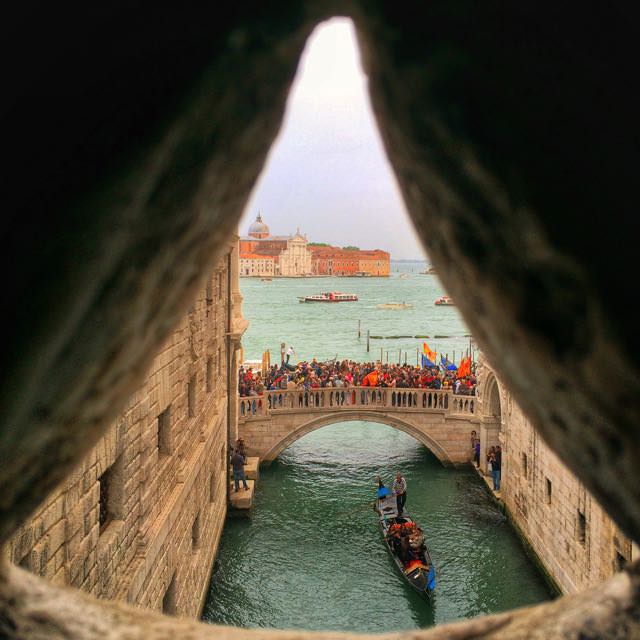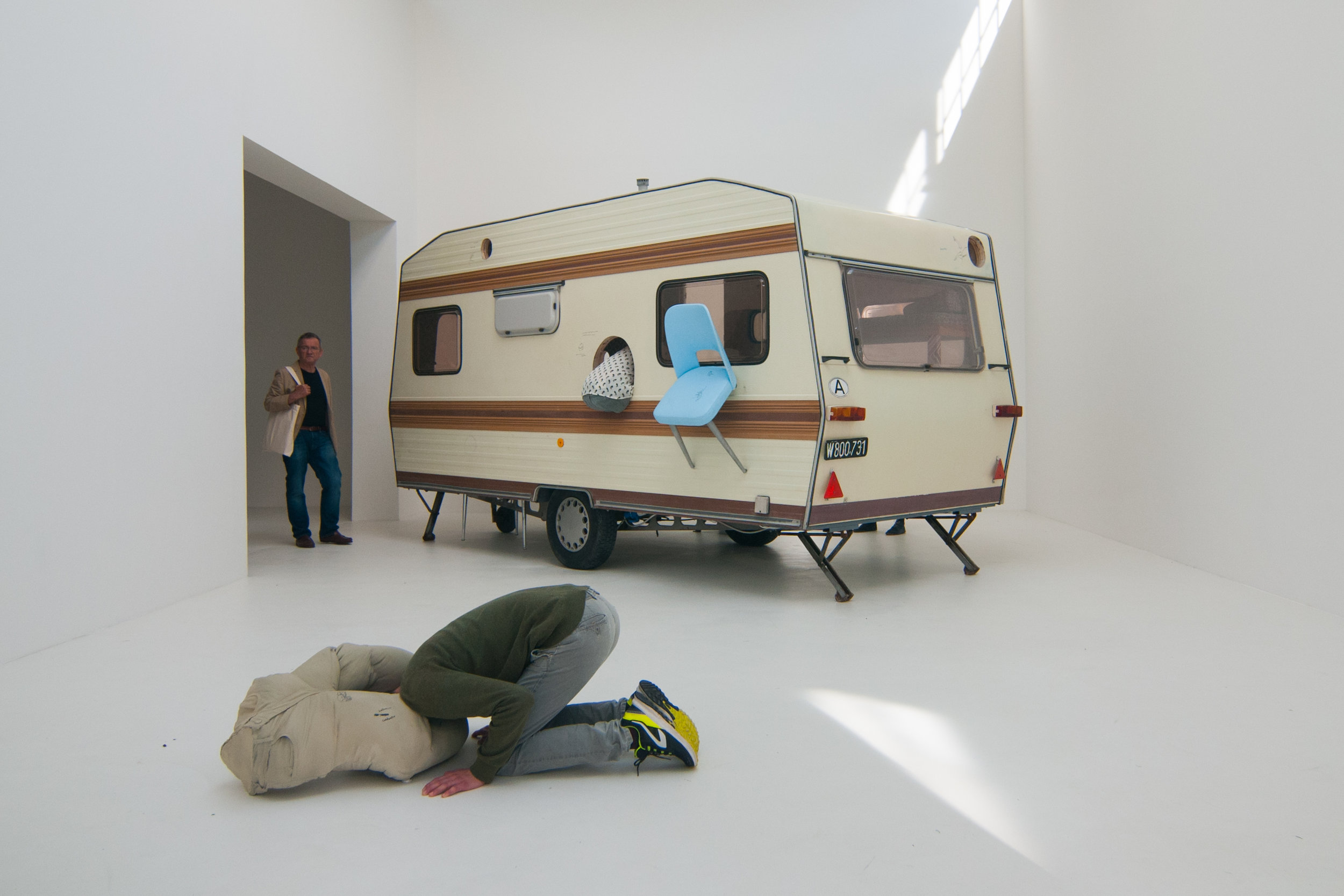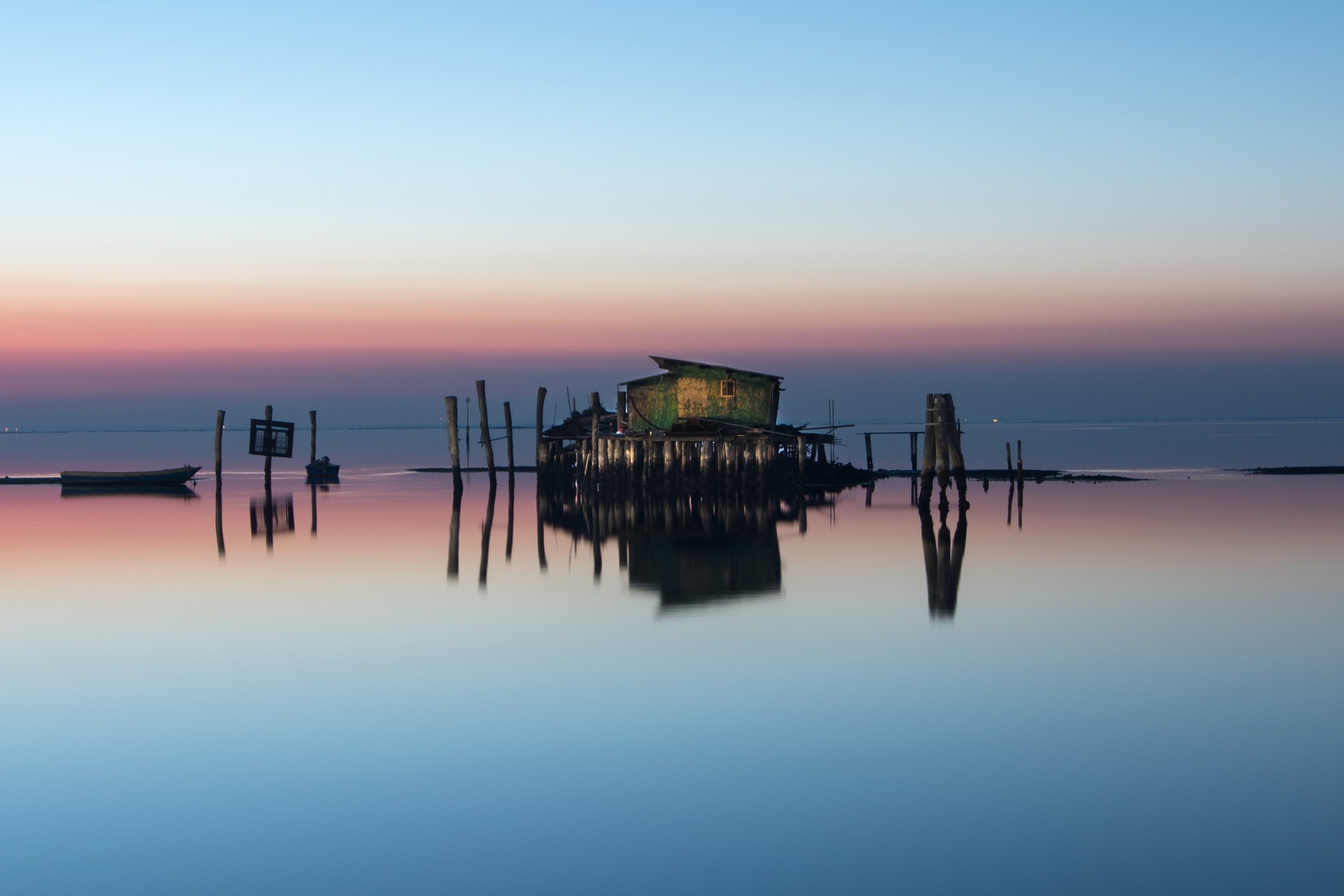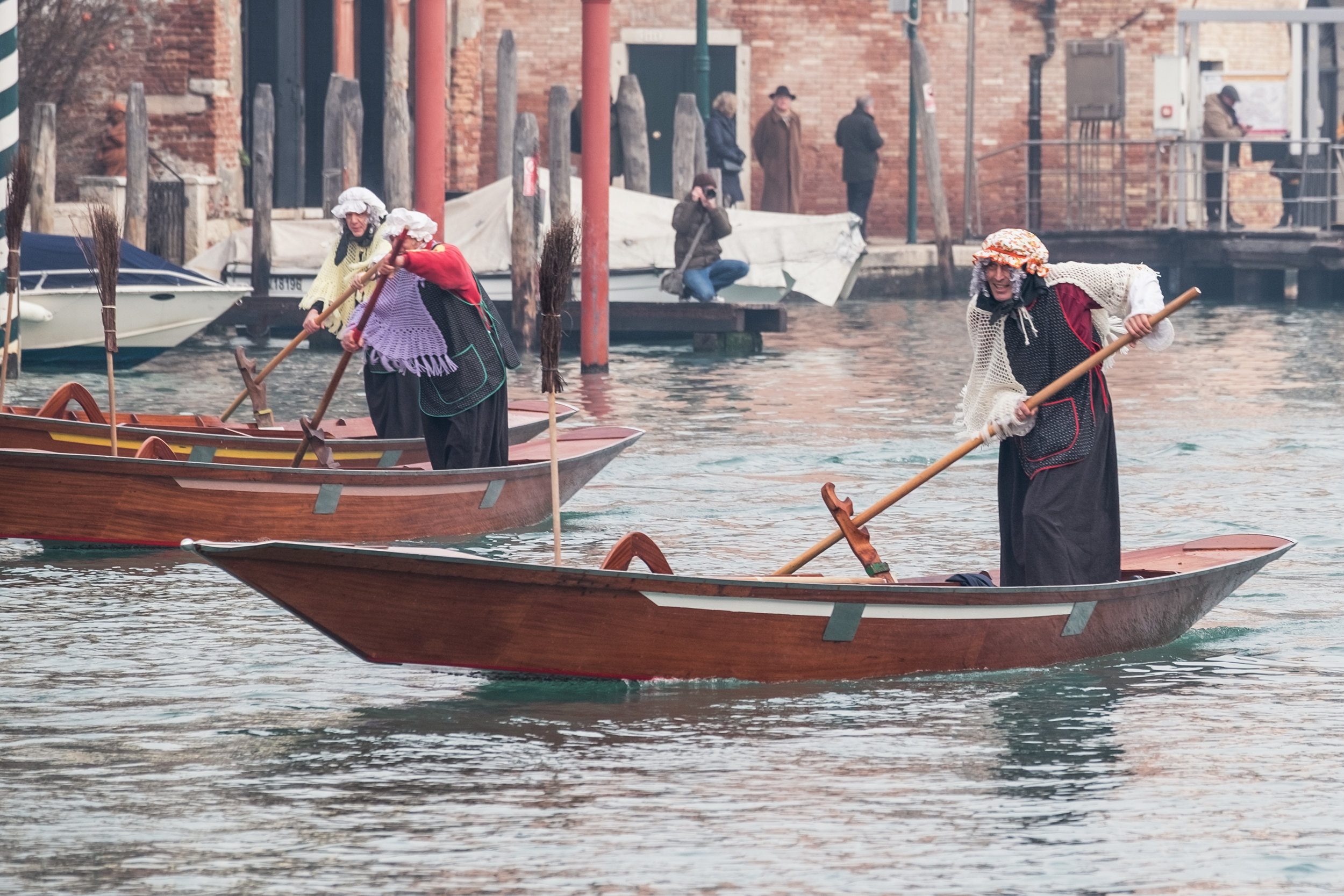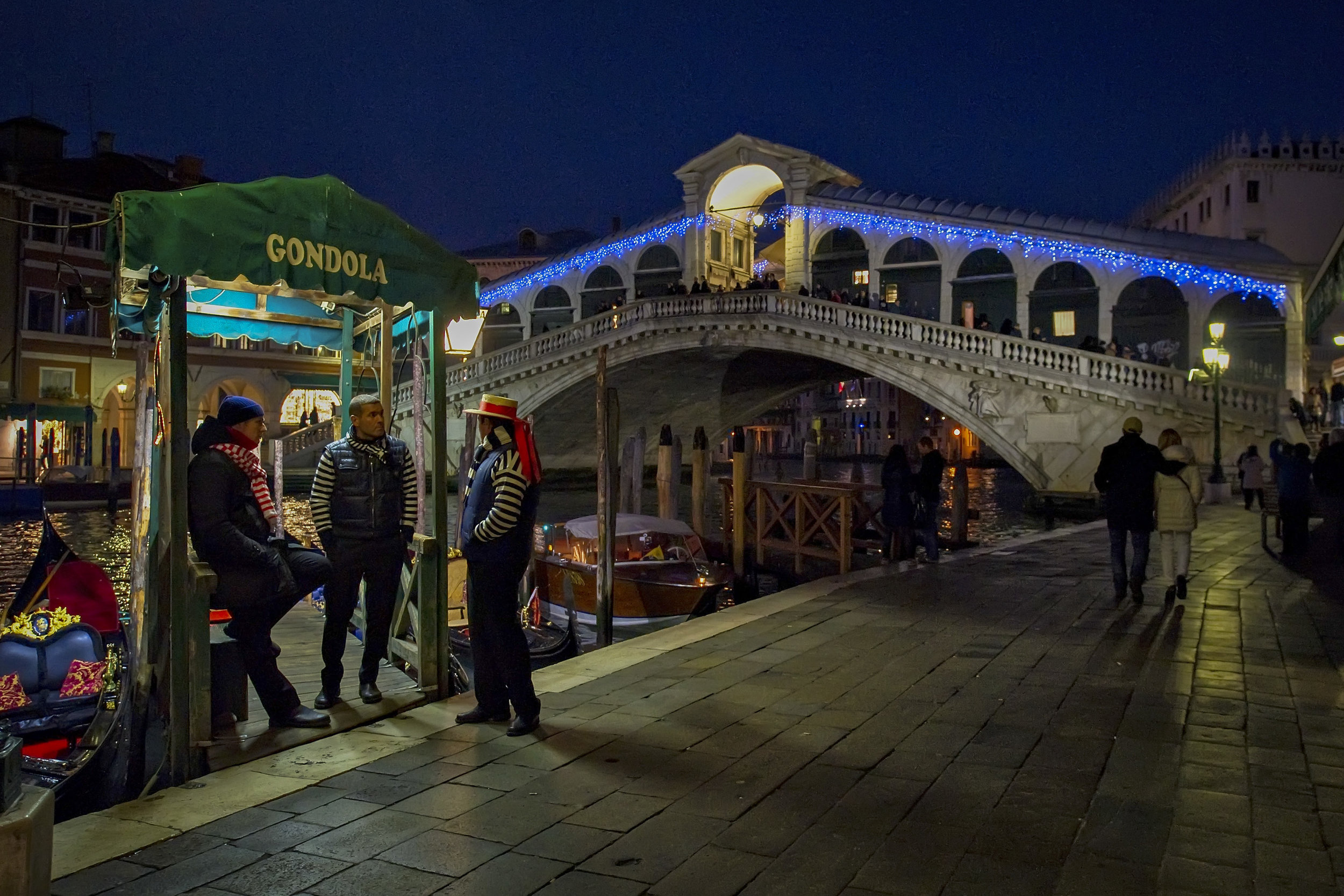In this article we’ll share with you what to do in Venice but it won’t include your standard itinerary. We are going to tell you how to see Venice in a different perspective, suggesting to you what you can avoid, that all the others normally do!
1. Don’t attempt to see all the sights – pick a few and see them well Even in shoulder season (late April/May), the crowds in Venice are so vast that it’s impossible to speed around the city – a pace that’s required for maximum sightseeing. Do yourself a favour: take the pressure off, pick a couple of must-sees and see them properly. Venice has history in spades and it’s best explored with an insider to take you through the stories that make up city’s history. For example, did you know that the copper horses at the top of St mark’s Basilica are replicas? The real ones, which are thought to be the oldest on earth at about 2,000 years old, are located inside the terrace. Life size, it’s hard to imagine how these four horses have moved over the centuries from Constantinople to Rome and Paris (where they sat on top of the Arc de Triomph after Napoleon stole them)
2. Don’t stare across at the Bridge of Sighs – Go INSIDE the bridge and stare out If only Venice could triple the size of the bridge opposite the famous Bridge of Sighs, the congestion along the waterfront in Venice would ease around 50%* (*random guestimate). But clearly, that’s never going to happen and in order to get a good look at the Bridge of Sighs you’re going to need to battle with the tour groups, selfie-stick wielding couples and people who are otherwise simply trying to squeeze by. But what bemuses me most about the fracas to get a shot in front of the Bridge of Sighs is that the whole significance of the bridge is the views it gives out over Venice. In case you didn’t know, the bridge is so named because prisoners inside the Doge Palace would walk through the interior of the bridge on the way to their execution in St Mark’s Square. The bridge and the tiny lattice gaps gave prisoners their very last view out over Venice before they died. And that last view is thought to have induced a final sigh at Venice’s beauty, hence the name: Bridge of Sighs
3. Don’t pay tourist prices (+$5) for coffee – spend under $1.50, like the locals Sit yourself down for a mid-sightseeing coffee at Cafe Florian overlooking St Mark’s Square and you’ll be charged €6 for the music. We are not talking about a collection hat that comes around. I’m talking about an actual €6 cover charge. That’s in addition to your coffee price (€3 for an espresso, €5 for a cappuccino and €7 for filter coffee). Walk a few paces to the right of Cafe Florian and the coffee price plummets to €1.20 for an espresso. You have to shuffle in among the locals and drink your coffee standing (which is how the Italians do it anyway) but for a quick caffeine fix while still enjoying being in the square, this is a much better option.
4. Don’t take a Gondola ride – take an Electric Boat tour instead One of the biggest appeals of the City of Canals is the water and how everything is conducted on it. Deliveries are made, commutes occur, children travel to school and even ambulances take the form of a boat. Once upon a time, Gondola’s used to be nothing more than a reality of Venetian life. These days, with more tourists than locals, the gondolas exist largely for tourist purposes. Instead, take a tour with an Electric boat towards the smaller islands with Classic Boat Venice. The Southern Lagoon is defined by the long stretching islands of Lido and Pellestrina on the sea side. Some of the small islands like Poveglia and San Spirito are abandoned today but have fascinating histories. Others like San Clemente or Sacca Sessola are now exclusive hotel islands.
5. Ascend San Giorgio Maggiore for the best views in Venice Head over to the small island of San Giorigo Maggiore and climb the bell tower there instead (well, not climb – it’s actually a lift/elevator and there is no climbing option). By ascending the bell tower across the way, you get panoramic views across the whole of Venice island, including the famous campanile.
6. Don’t linger around San Marco – head to Canareggio for crowd-free Venice The few locals left in Venice’s historic centre tend to spend most of their time in the Canareggio district and if you make the effort to head away from the water and the highlights of San Marco, where most of the day trippers tend to linger, you’ll see the crowds thin significantly. As though another part of Venice has opened up, with a modern shopping street but also the history of the Jewish Ghetto, in Canareggio you can spend a few hours getting to know real Venice without the crowds.
7. Don’t play Russian Roulette with the food – take a food by the locals At the millennial Rialto Fish Market you will find the best fish and fresh fruit and vegetables. All the venetians go there to buy their food! Then around the city there are a lot of small local bakery or market where you can find fresh and tasty local products, like Baccalà Mantecato, or Sarde in Saor.
8. Don’t go for a Bellini at Harry’s Bar – have a spritz with the locals Having a Bellini at Harry’s bar in Venice is a bit like taking a Gondola ride – for some people, they just have to do it. If you didn’t know, the Bellini was invented in Venice by the owner of Harry’s bar. If you don’t want to set yourself up for a Bellini, get on the Aperol Spritz. Perhaps the most popular aperitivo you will see in Venice (and the rest of Italy) the Aperol spritz is a cocktail made with a large measure of Apersol (similar to Campari but much sweeter), topped with Prosecco, chilled with ice and served with a slice of orange. Be warned, it’s hard to tell how potent this all-booze drink is and it has a tendency to evaporate (from your glass into your mouth).
9. Don’t order pizza – have risotto or seafood instead Did you know that there’s a law in Venice prohibiting wood-fired ovens? The rule makes sense given so much of the city is made of wood and we hardly want to see the Venice catch alight. In a country where food is highly regional, you’ll do your taste buds a favour if you stick to what’s local. So when in Venice, look out for risotto, polenta, seafood and tiramisu. If you’re brave enough, try the "sepe al nero" – cuttlefish served with ink.
10. Don’t sweat away your day in crowds – see Venice at night Finally, if all the day crowds want to make you jump into the lagoon, take some solace in the fact that once the night arrives, the city quietens considerably. St Mark’s Square seems to expand back to its grand size; the bridges are passable and the narrow streets are near empty and inviting.
